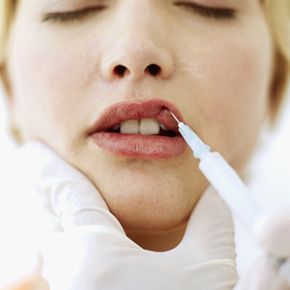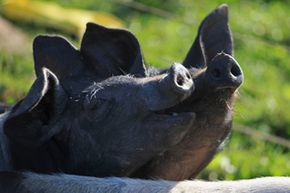When it comes to preserving the skin and fighting Father Time, there isn't too much that humans won't try. On the homespun side, you can rely on home remedies and family secrets passed down through the generations. If you want to go the more expensive and invasive route, you can opt for injections of Botox, a face-lift or some other kind of plastic surgery. Fighting the effects of aging, the wrinkling forehead, the sagging cheeks, is simply human nature. The cosmetics industry is a lucrative one -- sales in Canada alone are estimated to top $5 billion each year [source: Health Canada]. Americans spend close to $20 billion annually [source: Greenzer].
The intersection of food and cosmetics isn't new. Ingestible ingredients like avocado, green tea and olive oil, just to name a few, can all be found in various skin lotions and creams. Fruit facials including ingredients like kiwi, cucumber, honey, peach and mango are popular in the top salons and many can be prepared at home for a fraction of the price. If you add a little apple, strawberry or tomato to your fresh preparation, you can exfoliate and help remove blemishes. Topical applications of certain foods provide the same essential vitamins and nutrients to your skin as they do when you eat them.
Advertisement
But what about other kinds of foods? We know that certain proteins can be good for the skin. Duck provides you with selenium, an antioxidant that's been said to enhance your skin tone. Many kinds of fish provide essential amino acids that are said to improve your complexion. Restaurants in Japan and Europe have taken things a step farther, adding menu items that tout their skin-saving ingredients. Anti-wrinkle jam is packaged and sold in France that contains fatty acids, vitamins E and C and antioxidants like lycopene. The latest protein to take hold in the beauty-food revolution is collagen. What is this protein and does eating it do your skin any favors? We'll find out on the next page.



